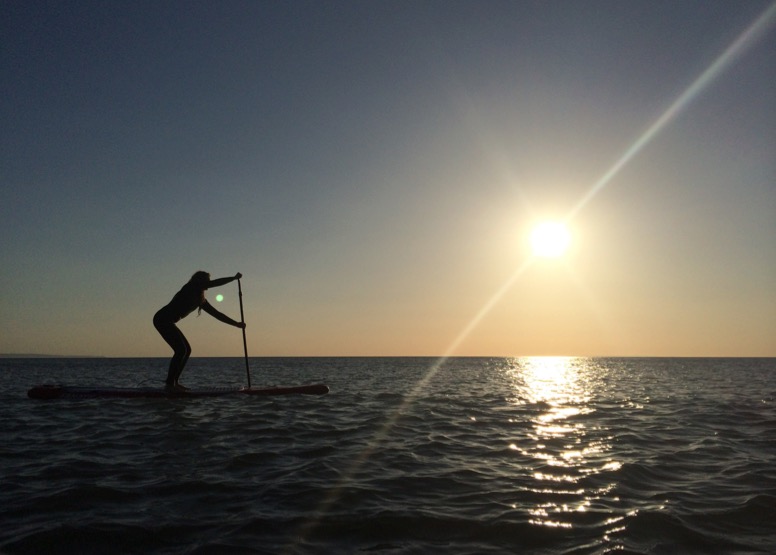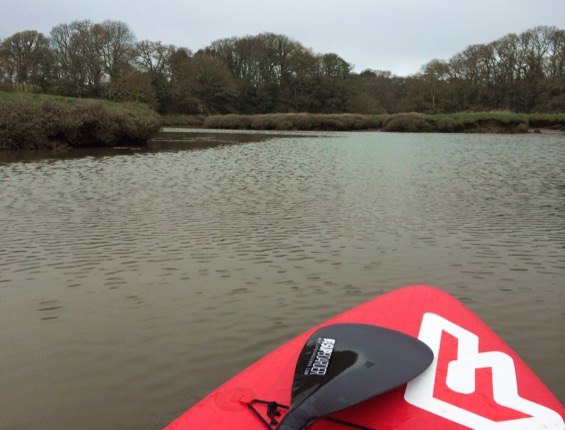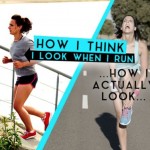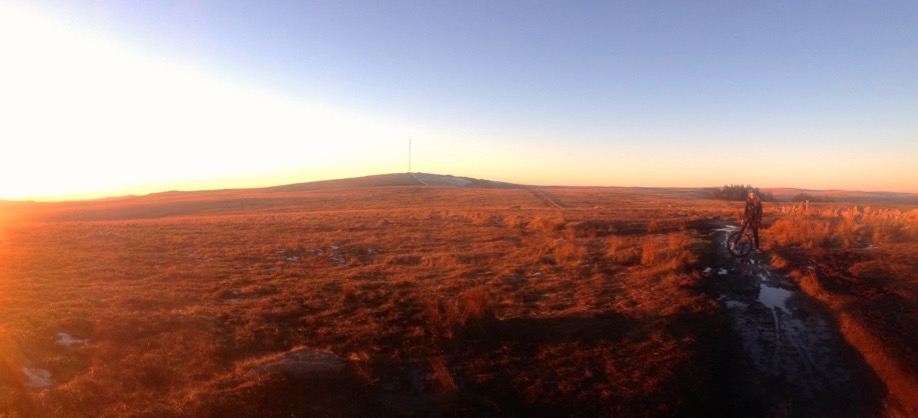
The equipment conundrum…
The kit available to use for an event like this can be a bit daunting, but it needn’t be – here’s my top tips.
Running: After committing to the challenge a few months ago, I went to a well known discount sports shop, spent over £100 on fancy leggings and running tops then got home and realised I had enough clothes already to start my own discount sports shop. In essence – you do not need fancy sports clothes to run 5 kilometres. Any old pair of leggings, or shorts if you’re feeling adventurous, and a t-shirt will do. One thing I would advise spending the extra cash on are some properly fitted and cushioned running shoes. Fortunately I have a close friend who is a podiatrist so had a free biomechanical assessment and advice on properly fitting shoes and insoles for my foot shape – but a lot of the decent running shops out there will do this for you for a small additional fee. This has really helped to stop my ankles aching so much when I run.
Mountain Biking: Apart from a pair of trainers, a bike is pretty much the only thing you actually need to own to enter SUPBIKERUN. You can rent a paddleboard from the organisers, but you need to provide your own bike. I am currently riding a generic mens mountain bike from Halfords that I bought before I knew anything about bikes and chose because it had 50% off and looked ‘beefy’. Now that I know slightly more than nothing about bikes, I have purchased a new bike for the job. This is only because my old bike wouldn’t go into granny gear, which for me is a must. I would really strongly recommend making sure that your bike can go the distance. A hard tail is fine for this course, it doesn’t need to be a full suspension, but it does need to be well maintained as there would be nothing worse than getting a few kilometres round and realising that you can’t get into the gear you need. Make sure you’re comfortable with your choice and have ridden it several times on cross country terrain before the event.
I’ve also recently discovered hydration backpacks. A bit of a splurge at around £40 a pop, but if you have the cash to spare, they’re really useful if like me reaching down for a water bottle mid cycle inevitably results in face planting the ground! You can get a variety of sizes, and most have space to fit in a couple of mars bars and a spare inner tube or puncture repair kit. I also find it pretty handy for SUPing when, again, clambering to the front of your board for your water bottle could result in a capsize.
SUP: It goes without saying that a racing SUP would be the best for the job here. However it all depends on what standard you’re at and really what you want to get out of SUPBIKERUN, and paddle boarding in general, as to what board you use. I love paddleboarding, but I know that my main passion is exploring on my SUP and so I ride an 11’ touring board, perfect for SUP camping and stable enough to pretend to be able to do yoga on. For me this is perfectly adequate to race 3K on, and I personally cannot justify buying a racing board just for the one race, even if I am determined to finish in the top 100. However if you think that racing might be your thing or (as a lot of people find) you prefer paddling a racing board anyway, then that might be the best option for you if you are thinking of buying a board for SUPBIKERUN. I love the ethos of this challenge, which is that it can be whatever you want it to be. There is no pressure to race unless you want to; there is just as much credit and achievement for completing all three sections and most importantly having fun while you’re at it.
As a general rule, the wider the board, the slower it is to paddle. However it comes with the benefit of being more stable in the water and therefore easier to turn without ending up soggy!
Paddles come in fixed length or adjustable and in of a variety of materials. I use a carbon adjustable three piece paddle; I like how light the carbon is, and although the adjustable and 3-piece elements do add weight, it means I can use the same paddle for surfing and flat water, and it’ll fit easily in my inflatable SUP bag. If you are unsure what length paddle you’ll need going forward, an adjustable can help you get to grips with what suits you best, at least initially.

SUP training techniques…
If you had never SUPed before entering SUPBIKERUN, welcome to what will inevitably be the best sport you ever participate in! Hopefully by now you have had some basic training from a knowledgeable person, and are happy with a basic SUPing technique.
For those of you who aren’t new to SUP, 3k is most likely a fairly standard distance to paddle in your own time and without pressure, and has been done on a Sunday afternoon with your mates. However if you’ve never trained for a SUP race before, don’t underestimate the fitness needed to power along this distance. It is perfectly doable, just takes a bit of training.
I had no idea how far or how long it would take to paddle 3k so measuring that was the first step. From there, using Strava or a similar app is a really good way to track your progress, monitoring how long it takes you to paddle the 3k. Bear in mind it will be more or less difficult in differing wind and tide conditions, but this shouldn’t put you off training and its important to be comfortable SUPing whatever the conditions, in case it is windy on the day. If there is a particular route near to where you live that you can measure out to be 3km, and repeat this as your training SUP, this can be a good way to monitor your progress. Having said this, a new location and a bit of adventure to shake things up is never a bad thing.
Much like your board choice, your paddling training depends upon what you aim to achieve from the race. If it is just to complete the 3km course, then paddling slow and steady, at a pace you are comfortable with, will be what you need to practice. However, if like me, your aim is to complete the 3km in a good time, to the best of your ability, at a solid pace faster than you would usually consider for a SUP to the pub, then it’s worth thinking about your technique for more efficient paddling. However you decide you’re going to paddle, you need to develop, and stick to, a rhythm and pace that you can sustain for the 3km, which is why practicing the 3Km distance beforehand is important. Like with any race, don’t bust yourself at the start! There’s a long way to go!
There are lots of good training resources available to help improve your paddling. I found the following Sam Ross coaching videos really helpful to think about my paddle technique.
And here is a link to a really interesting SUPboarder article on drafting. Another really useful technique if you are aiming for a super speedy time on the day. But there are drafting rules apparently!!!
Good Luck to everyone entering, I hope you all have a fantastic day out there, but also that you enjoy the next few weeks of training, and using training as an excuse to eat loads of delicious food! There are bound to be good days training and not so good days, when your flask of tea has gone cold by the time you get back to the car. But it is still, hopefully, an enjoyable journey with the reward of completing, or even just participating in, the challenge at the end of it. See you on the finish line!
Caroline Major is going to be back on SUPboarder after the event to let us know how she got on! Good luck Caroline. I’m sure all the hard work will pay off! And incase you missed Caroline’s first article you can find it here.
Tickets still available for the first #SUPBIKERUN event held on Exmoor on the 17th May. So if fancy giving it a go but haven’t entered yet, its not too late. No excuses! For more information click here.


